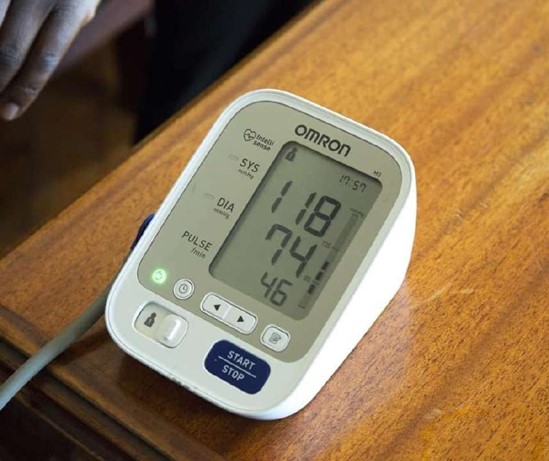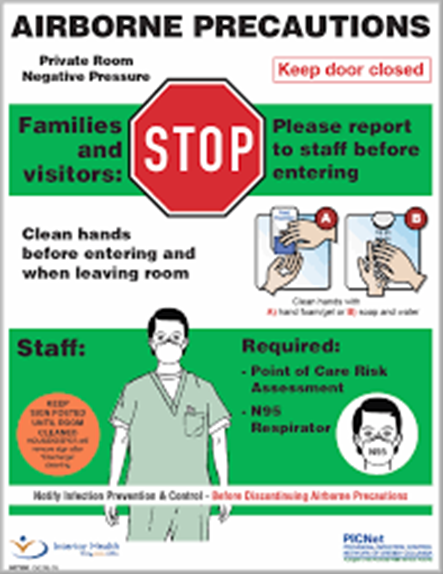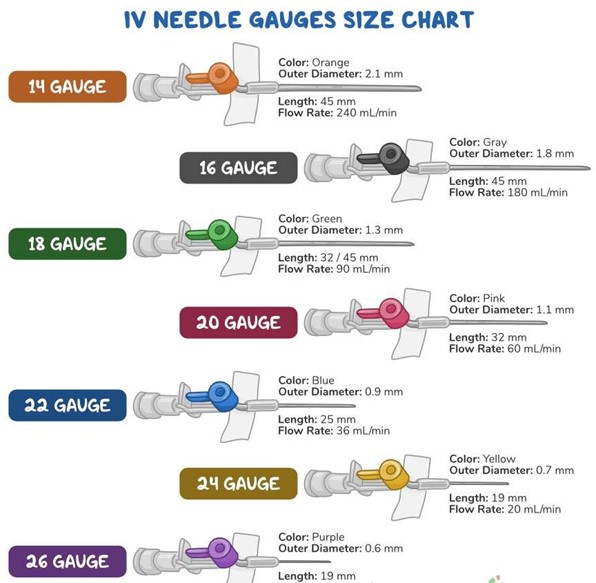A nurse in a provider's office is assessing the vital signs of a 2-year-old child at a well-child visit.
Which of the following findings should the nurse report to the provider?
Blood pressure 118/74 mm Hg.
Respiratory rate 26/min.
Pulse rate 98/min.
Temperature 37.2° C (99° F).
The Correct Answer is A

According to the normal pediatric vital signs chart provided by Cleveland Clinic, the normal blood pressure range for a 2-year-old child should be between 90- 105/55-70 mm Hg. The blood pressure of 118/74 mm Hg is higher than the normal range for a 2- year-old child and should be reported to the provider.
Choice B is wrong because a respiratory rate of 26/min falls within the normal range of 20-30 breaths per minute for a child between ages 1 and.
Choice C is wrong because a pulse rate of 98/min falls within the normal range of 80-125 beats per minute for a child between ages 1 and.
Choice D is wrong because a temperature of 37.2° C (99° F) falls within the normal range for children which is around 98.6 degrees.
Nursing Test Bank
Naxlex Comprehensive Predictor Exams
Related Questions
Correct Answer is A
Explanation
Varicella (chickenpox) is highly contagious and can be spread through the air by coughing or sneezing.

Airborne precautions help prevent the spread of the disease to others.
Choice B is wrong because Koplik spots are a symptom of measles, not varicella.
Choice C is wrong because providing a warm blanket is not a specific intervention for a child with varicella.
Choice D is wrong because aspirin should not be given to children with varicella due to the risk of Reye’s syndrome.
Correct Answer is A
Explanation
A 24-gauge catheter is the smallest-gauge catheter and is appropriate for administering IV fluids and medications to an infant.

Choice B is wrong because an opaque dressing would prevent the nurse from visualizing the insertion site.
Choice C is wrong because starting an IV in an infant’s foot can be painful and difficult to secure.
Choice D is wrong because IV sites should be changed every 72-96 hours or according to facility policy.
Whether you are a student looking to ace your exams or a practicing nurse seeking to enhance your expertise , our nursing education contents will empower you with the confidence and competence to make a difference in the lives of patients and become a respected leader in the healthcare field.
Visit Naxlex, invest in your future and unlock endless possibilities with our unparalleled nursing education contents today
Report Wrong Answer on the Current Question
Do you disagree with the answer? If yes, what is your expected answer? Explain.
Kindly be descriptive with the issue you are facing.
